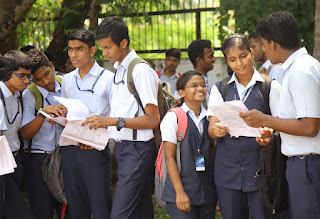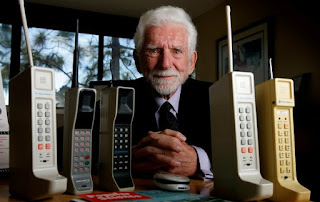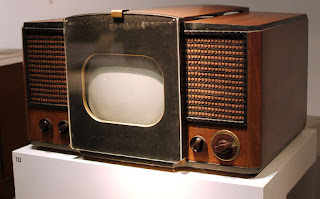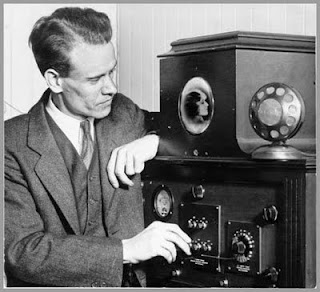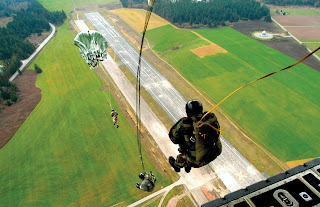Yagesh Singh Chauhan from Jashpur, has achieved 98.33% in Mathematics. Former CM Raman Singh congratulated him. Jashpur Collector Priyanka Shukla too congratulated him.
CGBSE Class 10th, 12th Result 2019: How to check CG Results
step 01: Visit the official website, cgbse.nic.instep 02:Click on the link for the high school/higher secondary class 10/12 results 2019
step 03:Follow the links provided for the results
step 04:Enter your details in the fields provided and click on "submit"
step 05:Download your result and take a print out of the same for future use
CGBSE Class 10th, 12th Result 2019 via SMS
Students can get their CGBSE Class 12 and Class 10 results on SMS, as well. Type CG12ROLLNUMBER and send it to 56263.Chhattisgarh CGBSE Class 10th results 2018-2019: Top 3 rank holders
Rank 1: Yagyesh Chauhan - 98.33 %Rank 2: Mansi Mishra - 98 %
Rank 3: Anurag Dubey - 97.67 %
Chhattisgarh CGBSE Class 12th results 2018-2019: Top 3 rank holders
Rank 1: Shiv Kumar Pandey - 98.40 %Rank 2: Sandhya Kaushik - 97.40 %
Rank 3: Shubham gandharva - 97.20 %
Rank 3: Shubham Kumar Gupta - 97.20 %
About Chhattisgarh Board of Secondary Education(CGBSE)
The Chhattisgarh Board of Secondary Education (CGBSE) is the state board of the government of Chhattisgarh and was set up in Raipur on July 20, 2001. It started conducting the examinations from 2002. The board is divided into 18 zones for the promotion and development of secondary education in the state. The board aims to develop and promote secondary education in the state.
